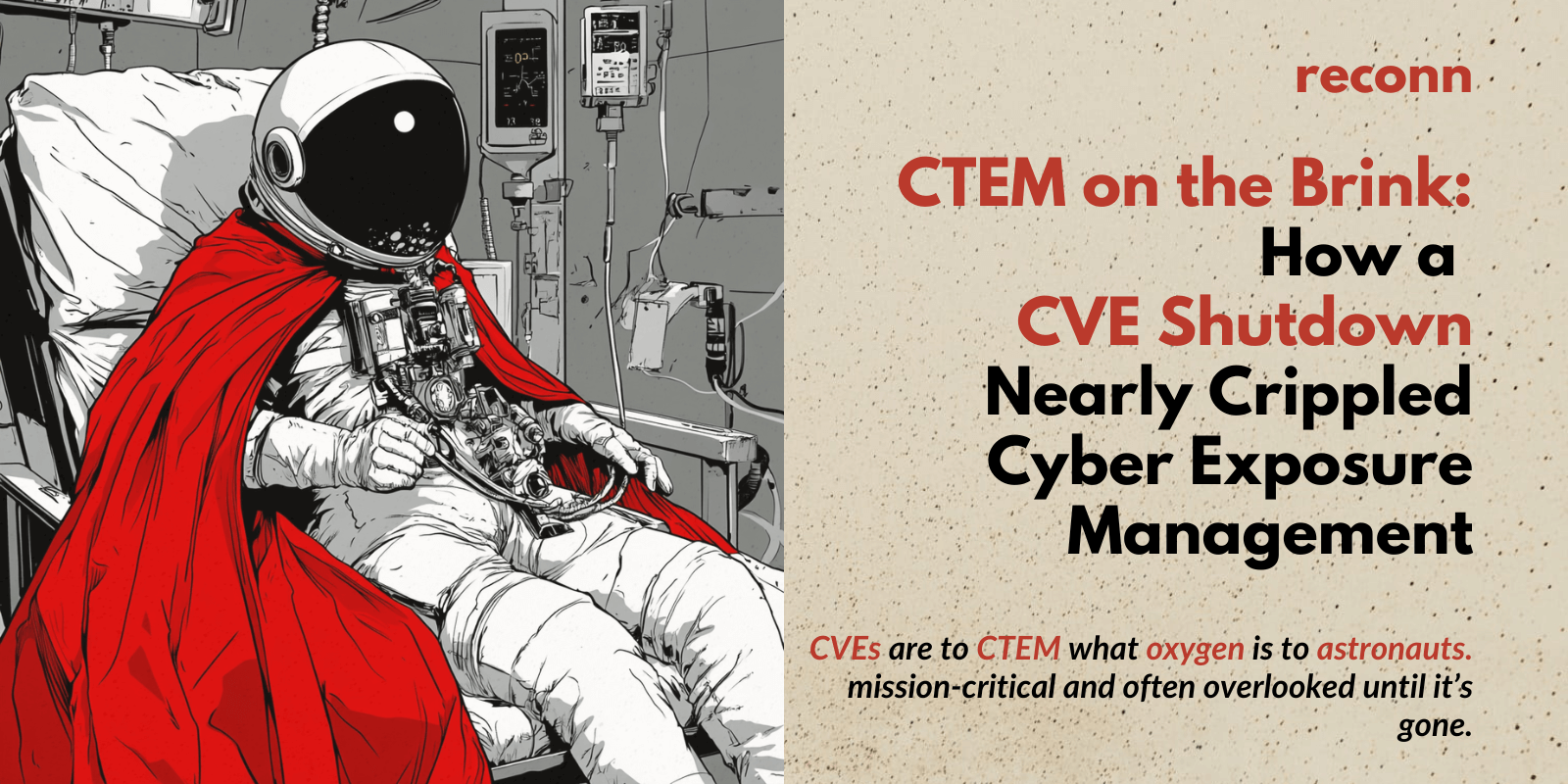Patch management isn’t just about fixing bugs—it’s about preventing security breaches, ensuring compliance, and keeping systems running smoothly. With cyber threats evolving daily, organizations need a structured approach to deploying patches efficiently and minimizing downtime.
A well-defined patch management framework ensures that updates are applied systematically, vulnerabilities are addressed in order of priority, and business operations remain uninterrupted. Here’s a breakdown of the top patch management frameworks that organizations rely on to stay ahead of threats.
"A patch a day keeps the hackers away—until the next zero-day."
Table of Contents
1. NIST Patch Management Framework: The Gold Standard for Security Compliance
The National Institute of Standards and Technology (NIST) offers one of the most widely adopted frameworks for patch management through NIST SP 800-40 Rev. 3.
Key Features:
Structured Patch Lifecycle – Covers acquisition, testing, deployment, and verification.
Risk-Based Prioritization – Focuses on applying patches for high-risk vulnerabilities first.
Compliance-Oriented – Aligns with frameworks such as FISMA, FedRAMP, and NIST 800-53.
Why It Matters:
If your organization deals with government agencies or high-security environments, following NIST ensures that patches are deployed in a structured and secure manner.
2. Microsoft Patch Management Framework: Windows-Centric Patching
Microsoft provides a comprehensive patch management ecosystem tailored for enterprises using Windows-based infrastructure.
Key Components:
Windows Server Update Services (WSUS) – Manages Windows patch distribution across an enterprise.
Microsoft Endpoint Configuration Manager (MECM/SCCM) – Automates patch deployment and compliance reporting.
Azure Update Management – Cloud-based patching for hybrid and multi-cloud environments.
Why It Matters:
If your IT infrastructure is Microsoft-heavy, leveraging Microsoft’s patch management tools ensures timely updates while maintaining security.
3. ITIL Patch Management: Enterprise IT Governance Approach
The IT Infrastructure Library (ITIL) framework is widely used for managing IT services, including patch management, under its Change and Release Management principles.
Key Features:
Change Management Integration – Ensures patches go through approval and testing before deployment.
Minimized Business Disruptions – Focuses on structured and planned updates.
Governance and Compliance – Aligns with ISO 27001 and other IT governance frameworks.
Why It Matters:
Organizations that require a structured, process-driven approach to IT service management will benefit from ITIL’s controlled patch deployment methodology.
"Some patches fix problems, others create them—choose wisely."
4. CIS Patch Management Guide: The Cybersecurity-First Approach
The Center for Internet Security (CIS) offers a practical patch management guide as part of its CIS Controls, emphasizing rapid remediation of vulnerabilities.
Key Features:
Automated Patching Best Practices – Reduces reliance on manual updates.
Critical Patching within 48 Hours – Focuses on patching high-risk vulnerabilities quickly.
Asset Inventory & Tracking – Helps identify which systems require updates.
Why It Matters:
If your focus is on proactive cybersecurity defense, CIS’s approach ensures that vulnerabilities are addressed before they can be exploited.
5. ISO/IEC 27002:2022 – The Global Security Compliance Framework
The ISO/IEC 27002 standard provides best practices for patch management within a broader cybersecurity framework.
Key Features:
Internationally Recognized – Ideal for global enterprises.
Risk-Based Prioritization – Ensures patches are applied based on security impact.
Compliance-Focused – Aligns with ISO 27001 certification requirements.
Why It Matters:
If your organization operates internationally and needs to demonstrate security compliance, this framework is a must-follow.
6. MITRE CVE & ATT&CK: Threat Intelligence-Based Patching
MITRE’s Common Vulnerabilities and Exposures (CVE) system and ATT&CK framework help organizations prioritize patching based on real-world threats.
Key Features:
Threat-Based Prioritization – Focuses on actively exploited vulnerabilities.
CVSS Scoring for Risk Assessment – Helps organizations determine patch urgency.
Integration with Cyber Threat Intelligence – Aligns with MITRE ATT&CK techniques.
Why It Matters:
For organizations that prioritize threat intelligence-driven cybersecurity, MITRE’s approach ensures the most critical patches are deployed first.
7. CISA’s Known Exploited Vulnerabilities (KEV) Catalog: Patch It Before It’s Too Late
The Cybersecurity and Infrastructure Security Agency (CISA) maintains a Known Exploited Vulnerabilities (KEV) Catalog, which lists actively exploited security flaws.
Key Features:
Mandatory for US Federal Agencies – Required compliance for government entities.
Regularly Updated List – Ensures timely patching of actively exploited vulnerabilities.
Alignment with MITRE & NIST – Supports risk-based patch prioritization.
Why It Matters:
If a vulnerability is on this list, it’s already being exploited—patch it immediately.
8. SANS Patch Management Maturity Model: Assessing Your Patch Strategy
The SANS Institute defines five levels of patch management maturity, helping organizations assess and improve their approach.
Maturity Levels:
Ad Hoc – No formal patching strategy.
Basic – Patches applied reactively.
Managed – Patching follows a scheduled process.
Measured – Patch management effectiveness is tracked.
Optimized – Fully automated, risk-based patching.
Why It Matters:
If you want to measure and improve your patching process, SANS provides a structured roadmap.
Final Thoughts: Risk-Based Vulnerability Management (RBVM) as the Next Step
Patch management is not just about applying updates—it’s about ensuring that patches are deployed in a timely, secure, and controlled manner while minimizing business disruptions.
Take the Next Step with RBVM
Patch management works best when paired with Risk-Based Vulnerability Management (RBVM), which prioritizes vulnerabilities based on threat intelligence, asset criticality, and exploitability. By integrating RBVM into your security strategy, you can ensure that your organization isn’t just patching but effectively reducing cyber risk.
🔍 Want to learn more about how RBVM can optimize your security posture? Let’s talk.
"Would you rather patch now or explain the breach later?"

Stay Ahead or Stay Hacked: The CTEM Advantage
Cyber threats don’t wait, so why should you? reconn’s Continuous Threat Exposure Management (CTEM) keeps you ahead with:
EASM – Find what’s exposed before attackers do.
RBVM – Fix what actually matters, not just what’s loud.
ASPM – Secure apps at every stage, not just before release.
CSPM – Cloud misconfigs? Not on our watch.
PTaaS – Real-world attack simulations, on demand.


